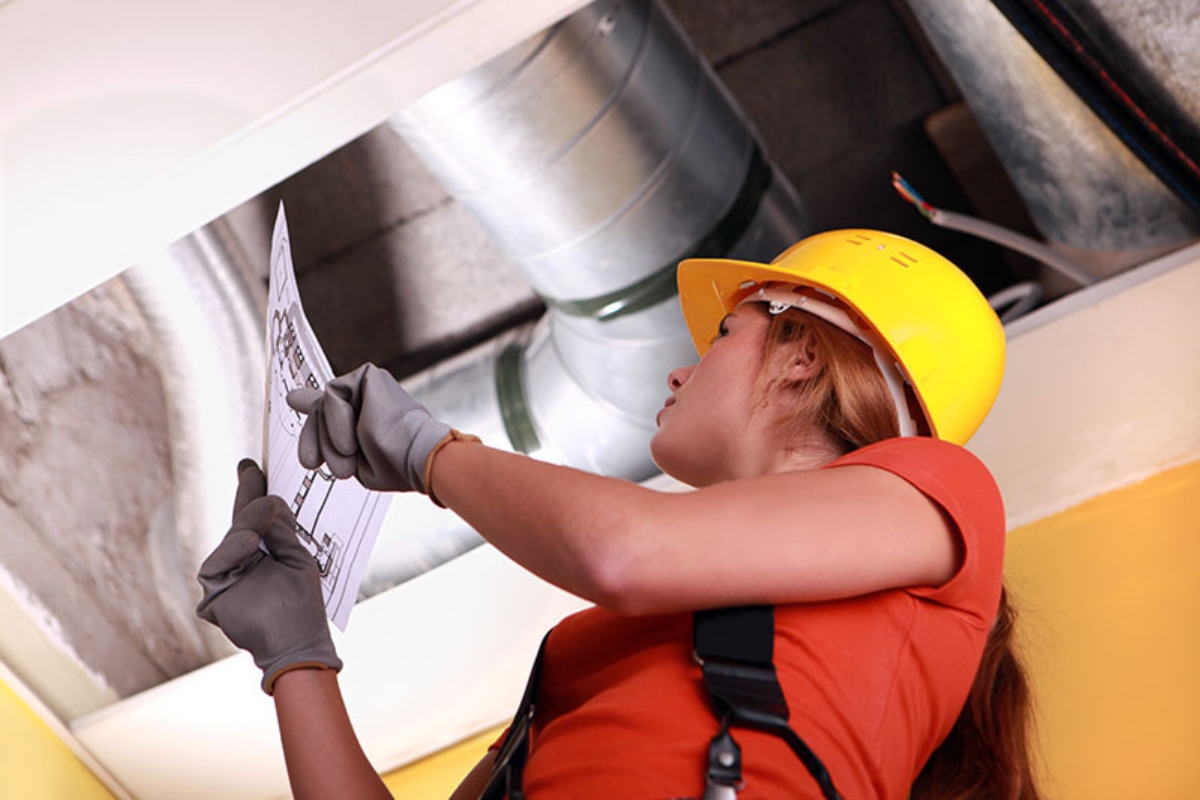

Articles
How Thick Should Insulation Be In Attic
Modified: October 28, 2024
Find out the ideal thickness for attic insulation in our informative articles. Enhance energy efficiency and maximize comfort with proper insulation!
(Many of the links in this article redirect to a specific reviewed product. Your purchase of these products through affiliate links helps to generate commission for Storables.com, at no extra cost. Learn more)
Introduction
Welcome to our guide on determining the ideal thickness of insulation in your attic. Proper attic insulation is crucial for maintaining energy efficiency and creating a comfortable living environment. Insulation acts as a barrier to trap heat during the winter and prevent heat from entering during the summer. By understanding the factors to consider when determining insulation thickness, you can make informed decisions to optimize the energy efficiency of your home.
When it comes to insulation, one size does not fit all. The thickness of insulation needed in your attic depends on a variety of factors, including the climate in your region, energy efficiency recommendations, and the type of insulation being used. It’s important to strike a balance between over-insulating, which can lead to moisture problems, and under-insulating, which can result in energy loss and decreased comfort.
In this article, we will explore the key factors to consider when determining insulation thickness in your attic. We will also discuss different types of insulation, installation considerations, and the benefits of adequate attic insulation. By the end, you’ll have a better understanding of how to achieve optimal insulation thickness for your specific needs.
Key Takeaways:
- Proper attic insulation thickness is crucial for energy efficiency, comfort, and cost savings. Consider climate, R-value, and energy efficiency recommendations to achieve optimal insulation thickness.
- Adequate attic insulation offers benefits such as energy efficiency, comfort, noise reduction, and environmental sustainability. Proper installation and maintenance are essential for maximizing insulation thickness.
Factors to Consider When Determining Insulation Thickness
When determining the appropriate thickness of insulation for your attic, there are several factors you should take into consideration. These factors can impact the energy efficiency, comfort, and longevity of your insulation. Let’s explore the key considerations:
- Climate: The climate in your region plays a significant role in determining insulation thickness. Colder climates require thicker insulation to effectively retain heat, while warmer climates may prioritize insulation that prevents heat gain.
- Energy Efficiency Recommendations: Each country, region, and even building codes may have specific energy efficiency recommendations that dictate the minimum insulation thickness. Familiarize yourself with any local guidelines or standards that apply to your area.
- R-Value Requirements: The R-value measures the insulation’s resistance to heat flow. Higher R-values indicate better insulation performance. Check the recommended R-value for your region and ensure your insulation thickness meets or exceeds these requirements.
- Attic Space: The size and shape of your attic can influence the amount of insulation needed. Higher ceilings, more obstructions such as beams or vents, or irregularly shaped attics may require additional insulation to ensure complete coverage.
- Existing Insulation: If you already have insulation in your attic, you need to consider how adding more insulation will affect its performance. In some cases, it may be necessary to remove or replace the existing insulation to achieve optimal thickness and performance.
- Heat Sources: Identify any heat sources that may affect your attic’s temperature. Common sources include recessed lights, chimneys, or HVAC systems. Take these into account when determining insulation thickness to ensure proper heat retention or dissipation.
- Budget: While it’s important to prioritize energy efficiency, your budget may play a role in determining the thickness of insulation you can afford. Consider the long-term benefits of investing in higher-quality insulation that may require less thickness to achieve the desired results.
By considering these factors, you can make an informed decision about the optimal insulation thickness for your attic. Remember to also consult with insulation professionals or refer to local building codes for specific requirements in your area. In the next sections, we will delve deeper into energy efficiency recommendations and the different types of insulation available.
Climate Considerations
The climate in your region is a significant factor when determining the thickness of insulation in your attic. Different climates have varying temperature ranges and weather conditions that can impact the insulation requirements. Let’s explore how climate considerations influence insulation thickness:
Cold Climates: In colder climates, where winters are long and harsh, it’s essential to have ample insulation to trap heat inside your home and prevent heat loss. Thicker insulation is necessary to create a thermal barrier, keeping your living space warm and reducing the need for excessive heating. Insulation with higher R-values, such as fiberglass or cellulose, is recommended for cold climates.
Hot Climates: In hot climates, where summers are intense and temperatures soar, insulation plays a crucial role in preventing heat gain from the outside. A well-insulated attic can significantly reduce the transfer of heat into your home, helping to keep it cool and reducing the strain on your air conditioning system. Insulation with reflective properties, such as radiant barrier insulation, can be ideal for hot climates.
Mixed Climates: If you live in an area with varying seasons and temperature ranges, you’ll need to strike a balance between insulation for cold winters and heat prevention for hot summers. Consult local energy efficiency recommendations and aim for insulation with a balanced R-value that suits both extremes. Consider using a combination of insulation types, such as a layer of traditional insulation coupled with a reflective radiant barrier.
Humid Climates: Humidity can pose challenges for insulation as it can lead to the accumulation of moisture and the growth of mold or mildew. In humid climates, it’s crucial to choose insulation materials that have good moisture resistance and have proper ventilation in the attic space to prevent moisture buildup. Fiberglass or spray foam insulation can be effective choices for humid climates.
In addition to these general climate considerations, it’s important to research and understand the specific weather patterns, temperature ranges, and humidity levels in your region. Consult with insulation professionals or local building codes to determine the recommended insulation thickness and type for your climate. With the right insulation in place, you can create a comfortable and energy-efficient living space, regardless of the climate you reside in.
Energy Efficiency Recommendations
When it comes to insulation thickness, energy efficiency recommendations provide valuable guidance to ensure optimal performance and energy savings. These recommendations are typically based on regional climate conditions and are designed to help homeowners reduce energy consumption. Consider the following energy efficiency recommendations when determining insulation thickness in your attic:
- Local Building Codes: Start by checking your local building codes and regulations. Many jurisdictions have specific requirements for insulation thickness based on the climate zone. These codes are put in place to ensure that homes meet minimum energy efficiency standards.
- U.S. Department of Energy: The U.S. Department of Energy (DOE) publishes guidelines for insulation R-values based on the climate zone. The DOE recommends specific R-values for different parts of the home, including attics. These recommendations take into account factors such as temperature extremes and heating and cooling requirements.
- EnergyStar: EnergyStar, a program run by the U.S. Environmental Protection Agency (EPA), provides energy efficiency recommendations for homes. They offer guidelines on insulation R-values based on different climate zones. Following EnergyStar recommendations can help you achieve significant energy savings.
- Professional Energy Audits: Consider having a professional energy audit performed on your home. These audits assess your home’s energy efficiency and identify areas for improvement, including insulation thickness. Energy auditors can provide personalized recommendations tailored to your specific needs.
- Insulation Manufacturer Guidelines: Insulation manufacturers often provide guidelines for the recommended thickness of their specific products. These guidelines consider the insulation type, material, and performance characteristics. Refer to the manufacturer’s instructions to ensure proper installation and thickness for optimal performance.
Keep in mind that energy efficiency recommendations may evolve over time as building practices, technology, and energy codes change. It’s always a good idea to stay up to date with the latest guidelines and consult with insulation professionals or energy experts for the most accurate and relevant information.
By following energy efficiency recommendations, you can ensure that your insulation thickness aligns with industry standards and best practices. This not only helps you save on energy costs but also contributes to a more sustainable and environmentally friendly home.
R-Value Requirements
When determining the thickness of insulation for your attic, it’s important to consider the R-value requirements. The R-value measures the insulation’s resistance to heat flow, indicating its effectiveness in preventing heat transfer. Higher R-values indicate greater insulation performance. Here’s what you need to know about R-value requirements:
Understanding R-Values: R-values are typically expressed as a numerical value per inch of thickness (e.g., R-30). The higher the R-value, the better the insulation’s ability to resist heat flow. The R-value requirements for your attic are determined by various factors, including climate, building codes, and energy efficiency standards.
Climate Zones and R-Values: Different climate zones have different R-value requirements. These requirements take into account the local climate conditions, such as temperature extremes and heating and cooling demands. The U.S. Department of Energy and other organizations provide guidelines for recommended R-values based on climate zones.
Building Codes: Local building codes often specify the minimum R-value requirements for insulation in attics. These codes are in place to ensure that homes meet energy efficiency standards and promote comfortable indoor environments. It’s important to comply with these codes to avoid potential penalties and ensure the safety and efficiency of your home.
Upgrading Existing Insulation: If you have existing insulation in your attic, it’s important to assess its R-value. As insulation settles over time, it may not meet current R-value requirements. In such cases, adding additional insulation to achieve the required R-value is recommended. Combining different types of insulation with varying R-values can help achieve the desired thickness and overall insulation performance.
Consulting with Professionals: Determining the appropriate R-value for your attic can be complex, especially if you’re unfamiliar with local regulations and guidelines. Consulting with insulation professionals or energy auditors can provide valuable insights and ensure that you meet the necessary R-value requirements. These professionals can evaluate your specific needs and recommend the ideal insulation thickness and type for your attic.
By considering the R-value requirements for your attic, you can ensure that your insulation provides adequate thermal performance and energy efficiency. Proper insulation thickness with the required R-value not only reduces energy consumption but also enhances comfort and lowers utility costs in the long run.
The recommended insulation thickness for attics is typically between 10-14 inches, depending on the type of insulation used. This level of thickness helps to effectively reduce heat loss and improve energy efficiency in the home.
Read more: How Thick Should Foam Board Insulation Be
Common Types of Insulation
When it comes to insulating your attic, there are several common types of insulation to choose from. Each type has its unique properties, installation methods, and benefits. Understanding the different types of insulation available can help you make an informed decision about the most suitable option for your attic. Here are some of the most common types:
- Fiberglass Insulation: Fiberglass insulation is one of the most widely used and affordable types of insulation. It consists of tiny glass fibers that trap air, creating a thermal barrier. It comes in batts or rolls and is relatively easy to install for DIY projects. Fiberglass insulation has good resistance to heat transfer and is available in different R-values to meet your insulation needs.
- Cellulose Insulation: Cellulose insulation is made from recycled paper products, typically mixed with fire-resistant additives. It is dense, providing excellent thermal and sound insulation. Cellulose is blown into place using special equipment, ensuring complete coverage in hard-to-reach areas. It has a high R-value per inch, making it efficient in reducing heat transfer.
- Spray Foam Insulation: Spray foam insulation is a versatile option that can create an airtight seal, improving energy efficiency. It is applied as a liquid that expands and fills the gaps, providing excellent insulation and preventing air leakage. Spray foam insulation has a high R-value and effectively seals out drafts and moisture. However, professional installation is recommended due to the specific application process.
- Rigid Foam Insulation: Rigid foam insulation, also known as foam board insulation, is a rigid panel made from polystyrene or polyisocyanurate. It provides high R-values and is resistant to moisture and mold. Rigid foam insulation can be used in various applications, including attic insulation, as it offers excellent thermal performance and easy installation.
- Radiant Barrier Insulation: Radiant barrier insulation is a reflective foil material that helps to reflect radiant heat away from your home. It works by reflecting heat radiation instead of insulating against heat conduction. Radiant barrier insulation is often installed on the underside of the roof or attic rafters to prevent the transfer of radiant heat into the living space.
- Loose-fill Insulation: Loose-fill insulation, such as loose-fill fiberglass or cellulose, is installed by blowing or pouring loose insulating material into the attic space. It conforms to irregular surfaces and provides effective coverage in hard-to-reach areas. Loose-fill insulation is ideal for attics with irregular shapes or obstructions.
Each type of insulation has its own advantages and considerations. Factors such as R-value, cost, installation method, and compatibility with your attic’s structure may influence your choice. It’s important to research and consult with insulation professionals to determine the best type of insulation that meets your specific needs and requirements.
By selecting the right type of insulation, you can create an energy-efficient attic that provides optimal thermal comfort and contributes to overall energy savings in your home.
Installation Considerations
The proper installation of insulation is essential to maximize its effectiveness and ensure long-lasting performance. Consider the following installation considerations when determining insulation thickness in your attic:
Professional Installation: While some insulation projects can be DIY-friendly, it’s often recommended to hire professional insulation contractors for more complex or large-scale installations. Professionals have the knowledge, experience, and specialized equipment to ensure proper installation and insulation thickness.
Inspect and Prepare the Attic: Before installing insulation, it’s important to inspect your attic for any existing issues, such as leaks, pests, or mold. Addressing these issues prior to insulation installation can prevent future damage and ensure the insulation performs optimally. Properly sealing air leaks and insulating access points, such as attic hatches or ductwork, is also crucial to avoid energy loss.
Proper Ventilation: Adequate attic ventilation is important to maintain air quality and prevent moisture buildup. Properly installed insulation should not obstruct proper attic ventilation. Ensure that vents, soffits, and roof vents are clear and unobstructed to promote proper air circulation.
Uniform Coverage: Insulation should be installed uniformly and without gaps to prevent thermal bridging, where heat can transfer through areas with less insulation. Ensure that insulation completely fills the space between joists or rafters, and around obstructions such as pipes or vents.
Airflow and Attic Pathways: It’s important to maintain clear pathways for airflow in your attic. Avoid compressing insulation in areas where ventilation is required. Provide insulation baffles or chutes to ensure proper airflow from soffit vents to the attic space, preventing moisture buildup and maintaining insulation performance.
Safety Precautions: Insulation materials can be irritants to the skin, eyes, and respiratory system. Always wear appropriate protective gear, such as gloves, goggles, and masks, when handling and installing insulation. Follow manufacturer safety guidelines and consult with professionals to ensure safe installation practices.
Familiarize with Building Codes: Local building codes may have specific requirements regarding insulation installation methods, fire safety, or installation clearances. Familiarize yourself with these codes and ensure compliance to prevent potential issues in the future.
Maintain Documentation: Keep a record of the insulation materials used, the thickness installed, and any warranties or guarantees provided by the manufacturer. Having documentation can be helpful for future reference and potential insurance claims.
By adhering to proper installation practices and considering these key factors, you can ensure the insulation in your attic is installed correctly and performs effectively, providing the desired insulation thickness and maximizing energy efficiency in your home.
Tips for Ensuring Proper Insulation Thickness
Ensuring proper insulation thickness in your attic is crucial for maximizing energy efficiency and achieving optimal comfort. Here are some helpful tips to ensure you achieve the desired thickness for your insulation:
1. Research Local Building Codes: Familiarize yourself with the local building codes and regulations regarding insulation thickness requirements in your area. These codes will provide guidance on the minimum R-value and insulation thickness needed to meet energy efficiency standards.
2. Consult with Insulation Professionals: Seek advice from insulation professionals or energy auditors who can evaluate your attic and recommend the appropriate insulation thickness based on your specific needs. Their expertise can help ensure that you achieve the desired thickness for optimal insulation performance.
3. Consider Climate Conditions: Take into account the climate conditions in your region. Colder climates typically require thicker insulation to retain heat, while hotter climates may prioritize insulation thickness to prevent heat gain. Research the recommended insulation thickness for your specific climate zone to ensure proper insulation performance.
4. Conduct a Visual Inspection: Before installing insulation, perform a thorough visual inspection of your attic. Look for gaps, obstructions, or damaged areas that may compromise the insulation’s effectiveness. Address any issues before installing insulation to ensure a smooth and successful installation process.
5. Plan for Obstructions: Take note of any obstructions in your attic, such as pipes, vents, or recessed lighting. Plan accordingly to install insulation around these obstructions without compressing it. Properly insulating around obstructions will help maintain consistent insulation thickness throughout the attic space.
6. Follow Manufacturer’s Recommendations: Insulation manufacturers often provide guidelines and recommendations for the proper thickness and installation techniques for their products. Refer to the manufacturer’s instructions to ensure you follow their recommendations for achieving optimal insulation thickness.
7. Avoid Compressing Insulation: Proper installation of insulation requires it to be fluffy and not compressed. Compressed insulation loses its insulating properties. When installing insulation, avoid adding excessive weight on top or compressing it between beams or rafters.
8. Test for Air Leaks: Conduct an air leakage test before installing insulation. Sealing any air leaks in your attic will help prevent drafts, heat loss, and moisture penetration. A properly sealed attic ensures that your insulation performs optimally and maintains its desired thickness.
9. Regularly Check and Maintain Insulation: Once the insulation is installed, periodically check for any signs of settling, damage, or moisture. Proper maintenance ensures that the insulation remains at the desired thickness and retains its insulating properties over time.
10. Consider Hiring Professionals: While insulating an attic can be a DIY project, it’s often beneficial to hire professionals, especially for larger or more complex installations. Insulation professionals have the expertise, tools, and knowledge to ensure proper thickness and installation techniques for optimal energy efficiency.
By following these tips, you can ensure that the insulation in your attic is installed at the proper thickness. This will help you achieve maximum energy efficiency, reduce utility costs, and create a comfortable living environment in your home.
Benefits of Adequate Attic Insulation
Adequate attic insulation offers numerous benefits for homeowners. By achieving the proper insulation thickness in your attic, you can enjoy a range of advantages, including:
1. Energy Efficiency: One of the primary benefits of proper attic insulation is improved energy efficiency. Insulation acts as a barrier, preventing heat transfer between your living space and the outside environment. This helps to reduce the need for excessive heating or cooling, resulting in lower energy bills and increased savings over time.
2. Enhanced Comfort: Proper insulation thickness ensures a more comfortable living environment. Insulation helps to regulate indoor temperatures, keeping your home cooler in the summer and warmer in the winter. It reduces drafts and cold spots, creating a more consistent and comfortable temperature throughout your home.
3. Noise Reduction: Insulation also acts as a sound barrier, reducing the transfer of noise from outside sources. By adding sufficient insulation thickness, you can enjoy a quieter home by minimizing external noises from traffic, neighbors, or other sources.
4. Improved Indoor Air Quality: Attic insulation helps to seal air leaks and prevent the infiltration of outdoor pollutants, dust, and allergens into your home. By maintaining proper insulation thickness, you can significantly improve the indoor air quality, creating a healthier living environment for you and your family.
5. Long-Term Durability: Adequate insulation thickness helps protect your home’s structural integrity by preventing moisture build-up and condensation. Insulation reduces the risk of mold and mildew growth, which can cause damage over time. By maintaining the proper insulation thickness, you can extend the lifespan of your home’s infrastructure.
6. Increased Resale Value: Homes with proper attic insulation are often more attractive to potential buyers. Energy-efficient homes with adequate insulation are in high demand, as they offer lower utility costs and improved comfort. Installing insulation with the right thickness can increase the resale value of your home and make it more appealing on the real estate market.
7. Environmental Sustainability: Investing in proper insulation thickness contributes to a more sustainable future. By reducing your home’s energy consumption, you are effectively lowering your carbon footprint and minimizing your impact on the environment. Proper insulation helps conserve energy and supports eco-friendly practices.
8. Cost Savings: Over time, proper insulation thickness can result in significant cost savings. By reducing energy consumption, you can lower your heating and cooling bills. The money saved on energy expenses can be allocated for other purposes, making insulation a wise long-term investment.
In summary, achieving adequate insulation thickness in your attic provides numerous benefits, including improved energy efficiency, enhanced comfort, noise reduction, better indoor air quality, increased durability, higher resale value, environmental sustainability, and long-term cost savings. By ensuring the proper insulation thickness, you can create a more comfortable, efficient, and sustainable home.
Conclusion
Determining the proper thickness of insulation in your attic is essential for optimizing energy efficiency, maintaining a comfortable living environment, and reducing utility costs. By considering various factors such as climate conditions, energy efficiency recommendations, and R-value requirements, you can make informed decisions regarding insulation thickness.
When it comes to insulation, there is no one-size-fits-all solution. The choice of insulation type and the thickness required depends on your specific needs, regional climate, and energy efficiency guidelines. It’s important to consult with insulation professionals or energy auditors who can provide personalized recommendations for your attic.
Proper installation is crucial to ensure insulation performs at its best. Following building codes, conducting thorough inspections, and addressing air leaks and obstructions are essential steps towards achieving the desired insulation thickness. Additionally, regular maintenance and periodic checks help uphold insulation performance over time.
The benefits of proper attic insulation are numerous. It enhances energy efficiency, reduces utility bills, improves comfort, minimizes noise transmission, enhances indoor air quality, increases the durability of your home, adds resale value, promotes sustainability, and results in long-term cost savings. By investing in proper insulation thickness, you create a more environmentally friendly and energy-efficient home.
In conclusion, with the proper insulation thickness, you can enjoy the advantages of an energy-efficient, comfortable, and sustainable living space. Take the time to research and understand the insulation requirements for your specific region and consult with experts. By making informed decisions and ensuring proper insulation thickness, you can create a more energy-efficient and comfortable home for years to come.
Frequently Asked Questions about How Thick Should Insulation Be In Attic
Was this page helpful?
At Storables.com, we guarantee accurate and reliable information. Our content, validated by Expert Board Contributors, is crafted following stringent Editorial Policies. We're committed to providing you with well-researched, expert-backed insights for all your informational needs.
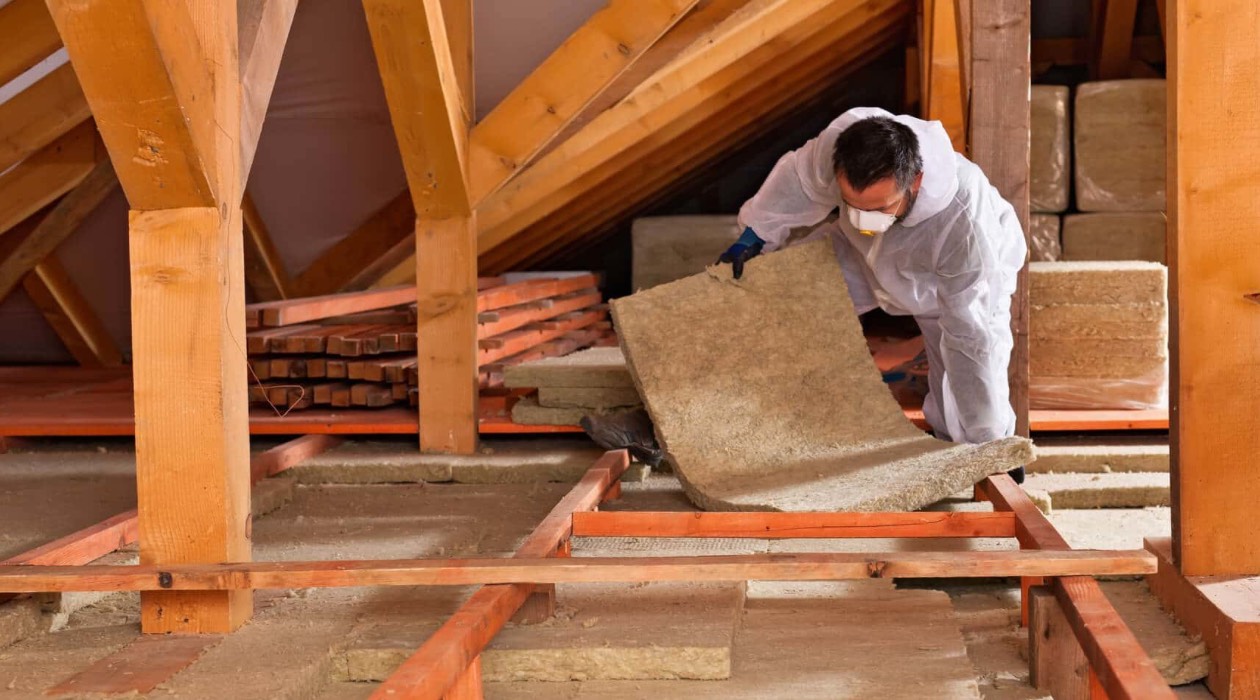
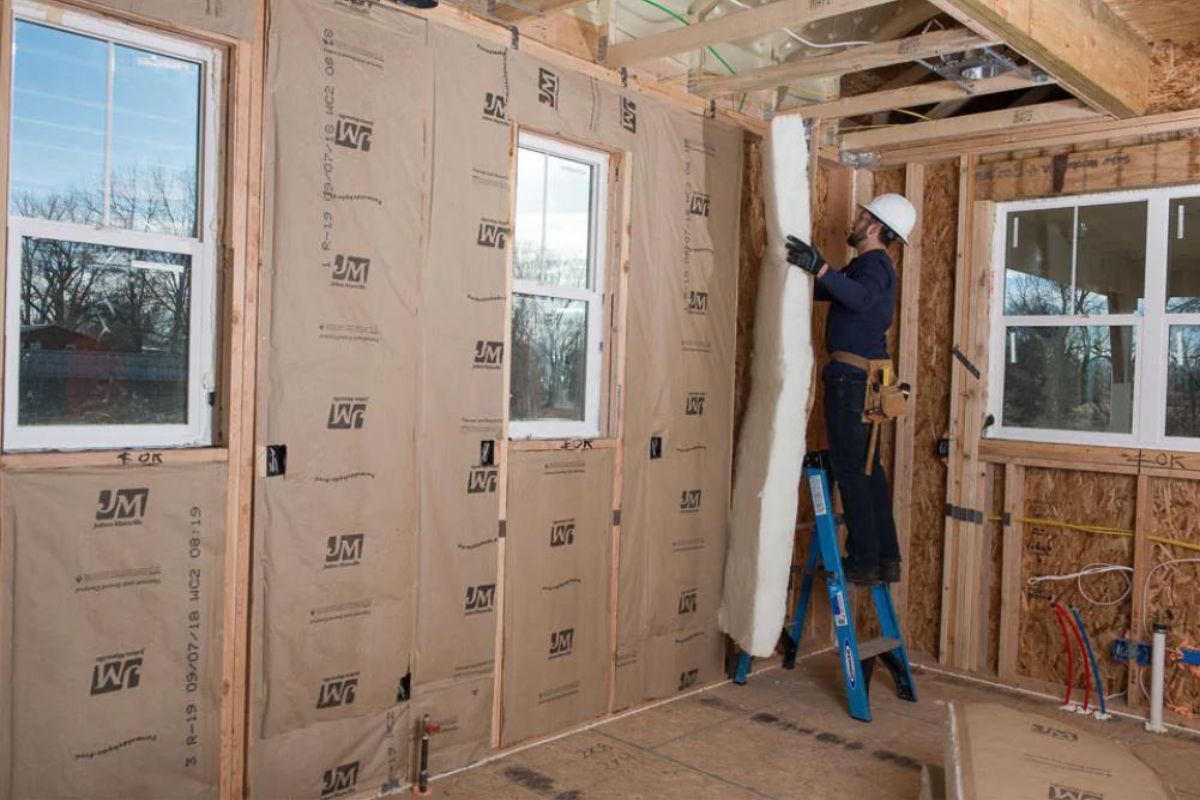
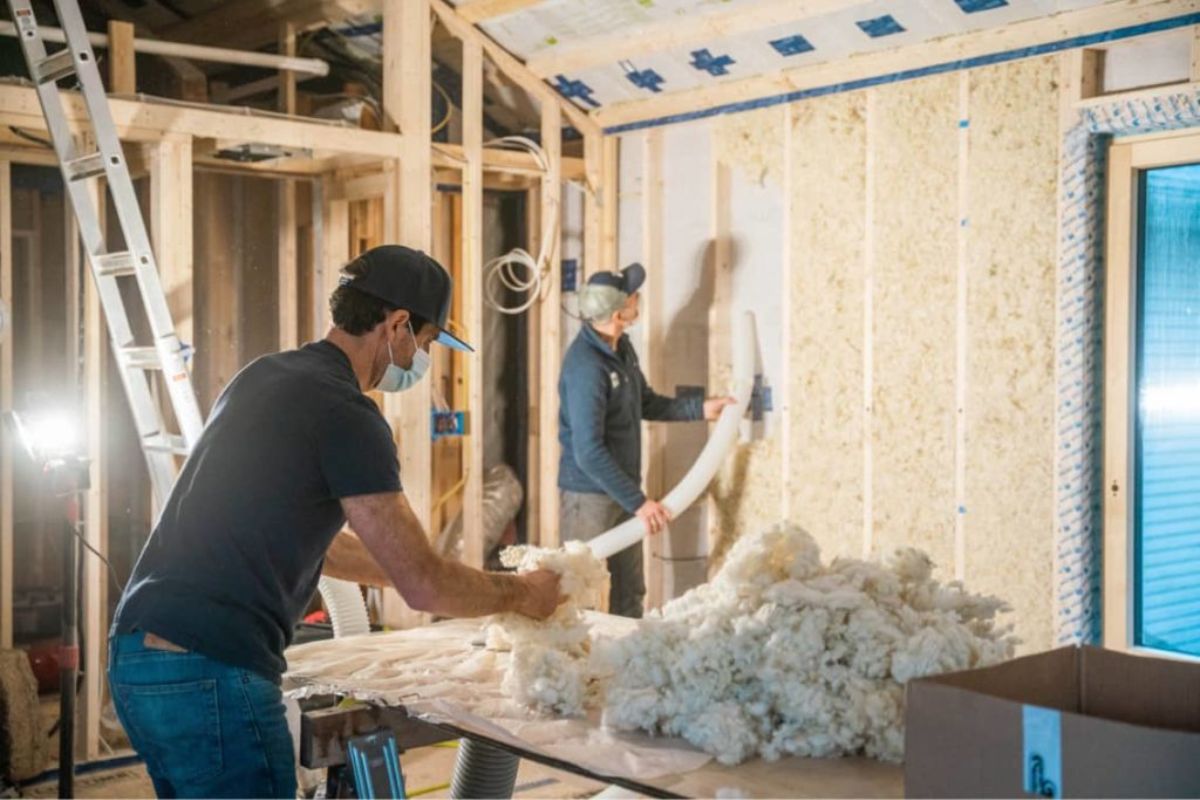
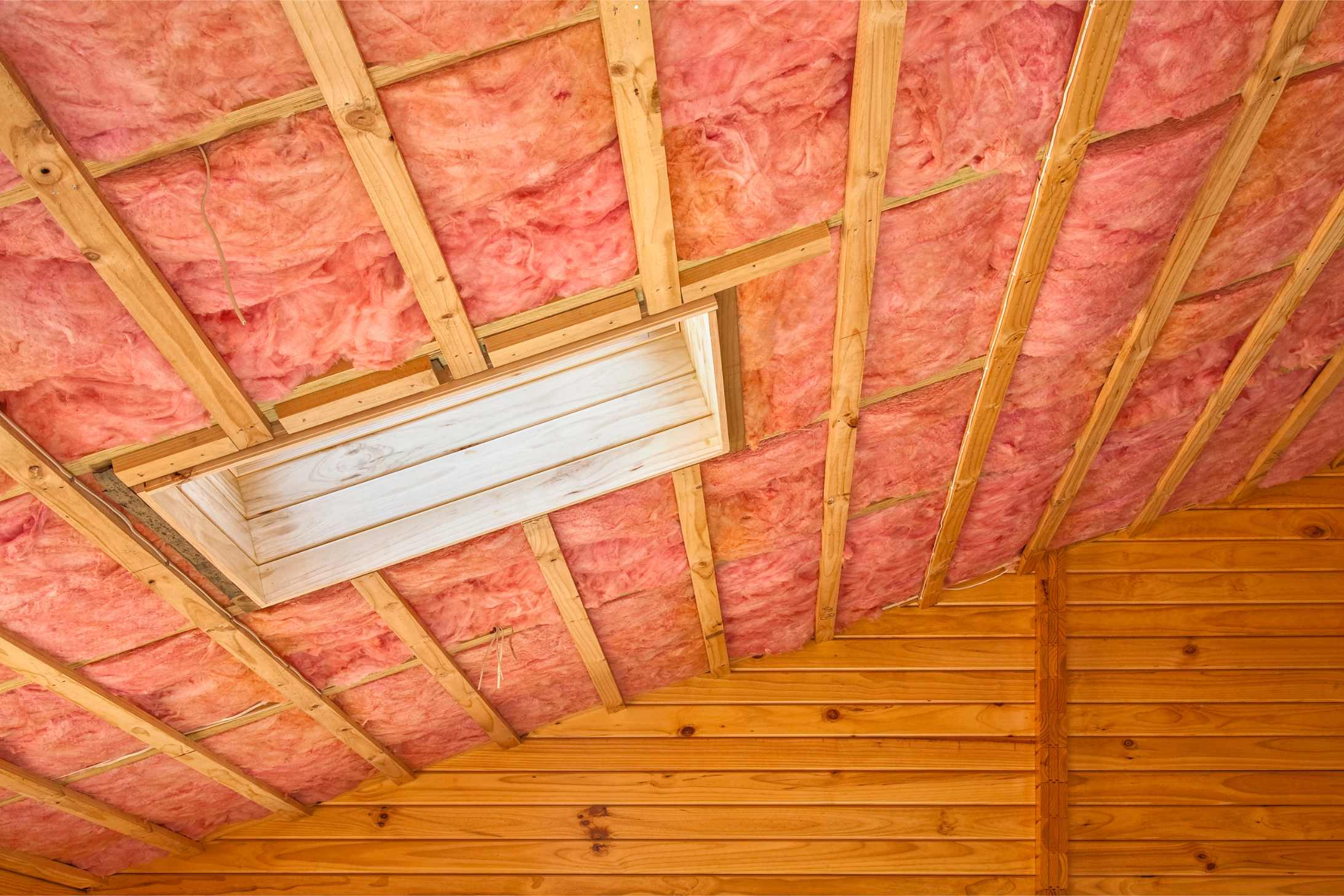
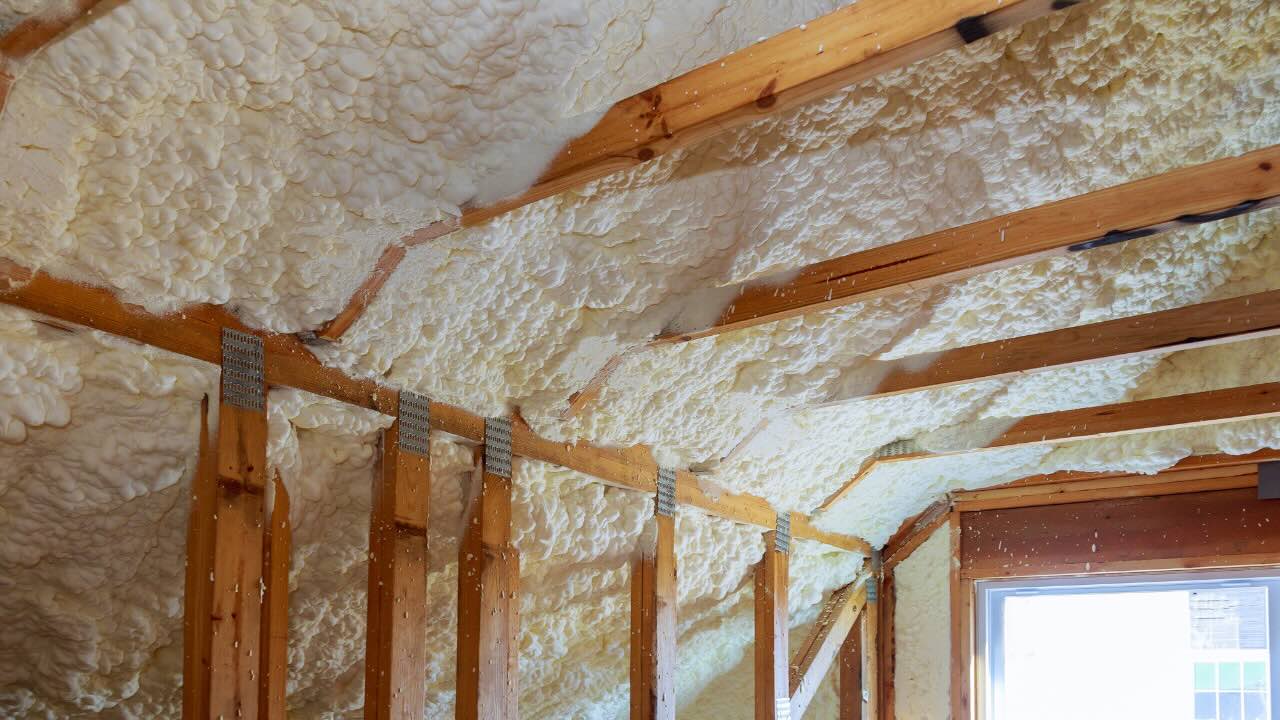
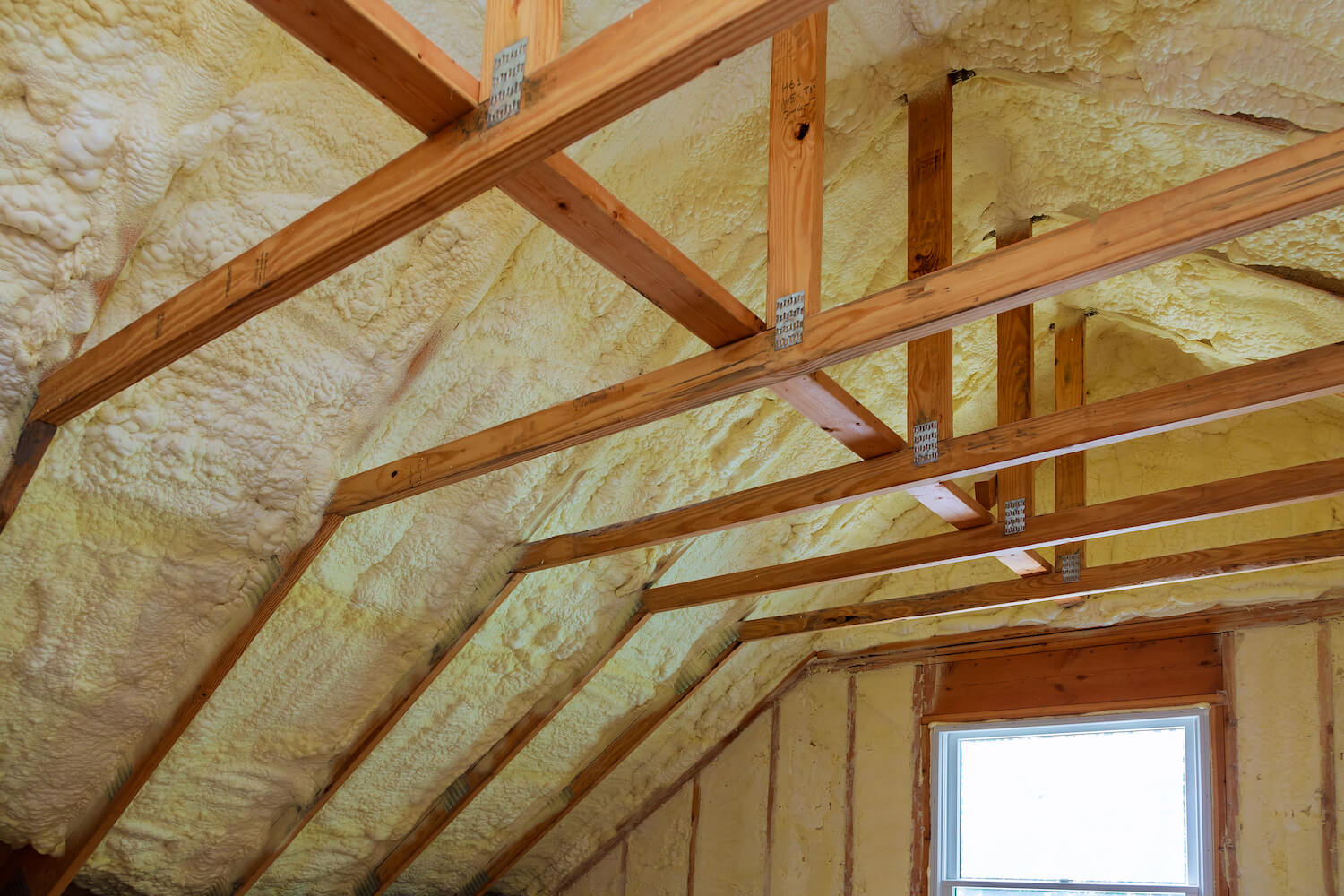
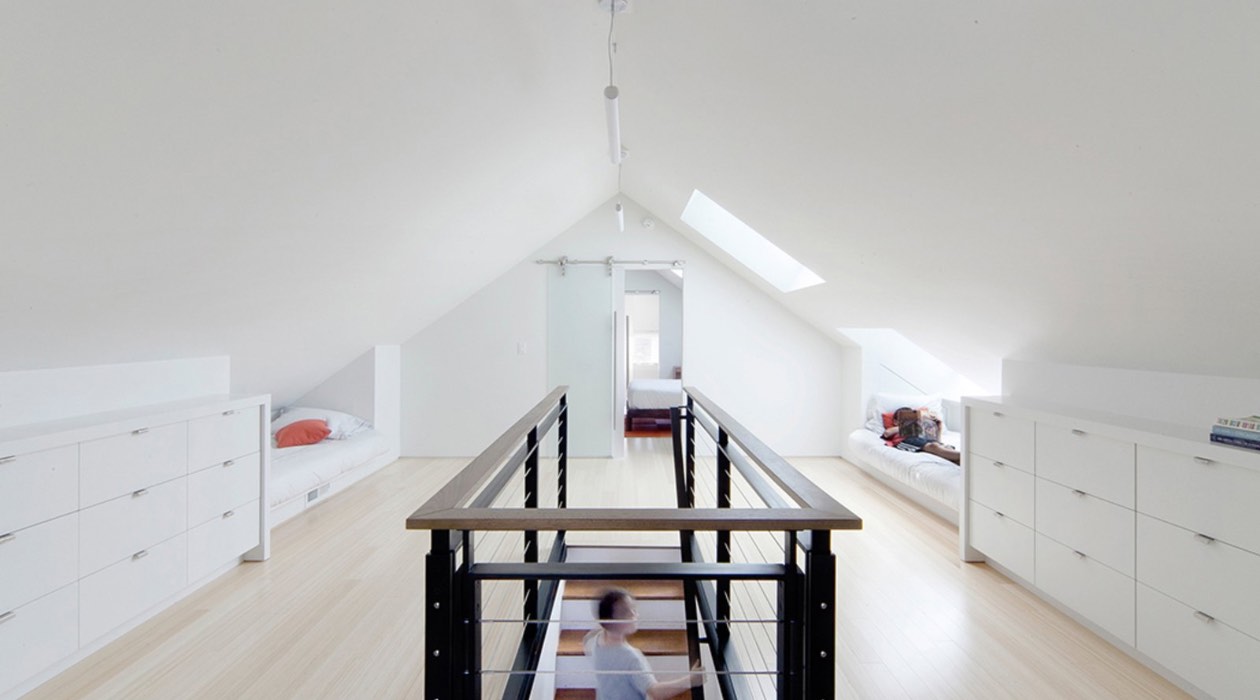
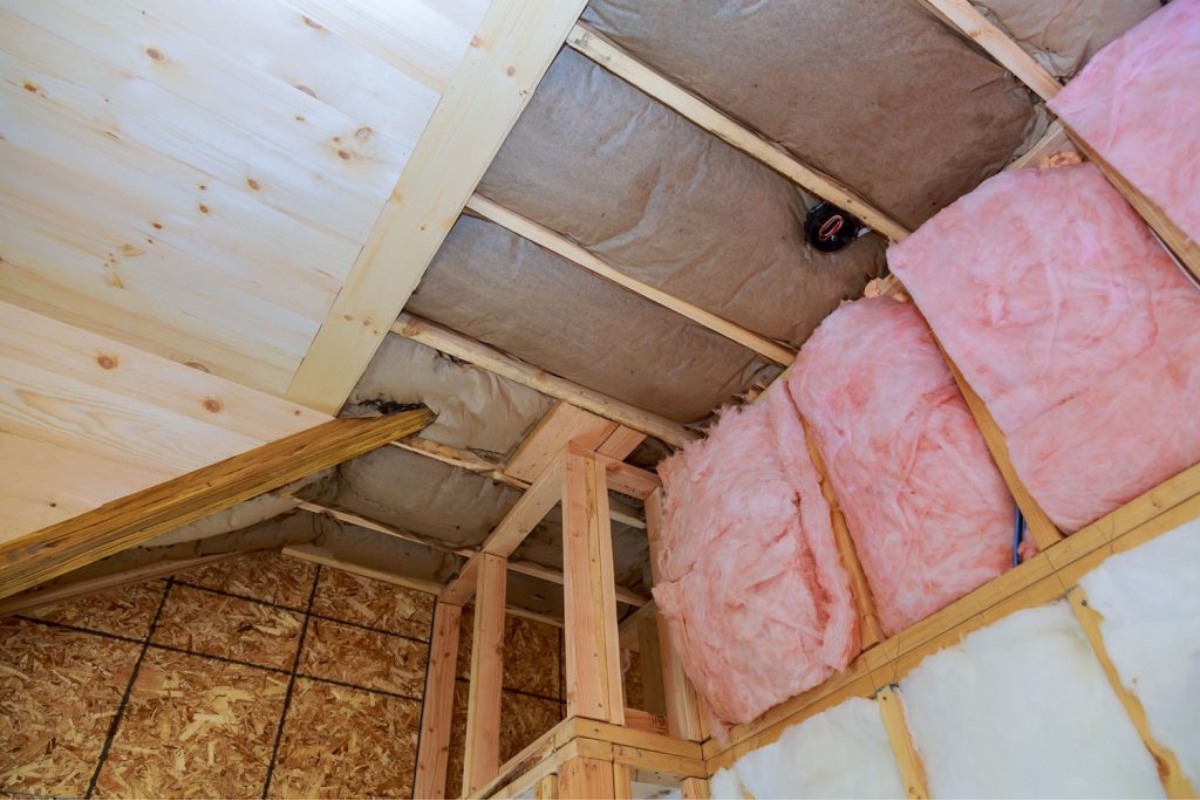
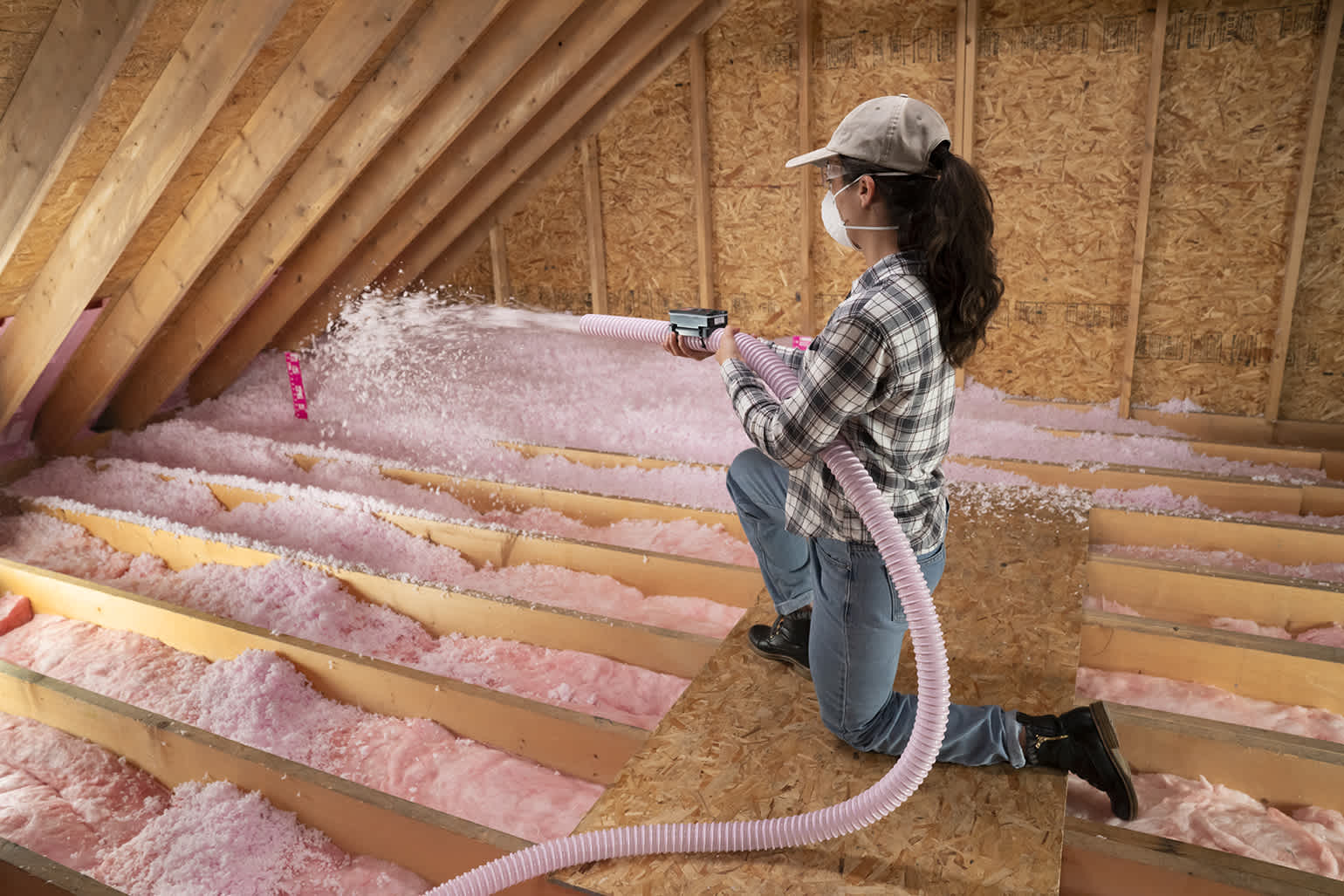
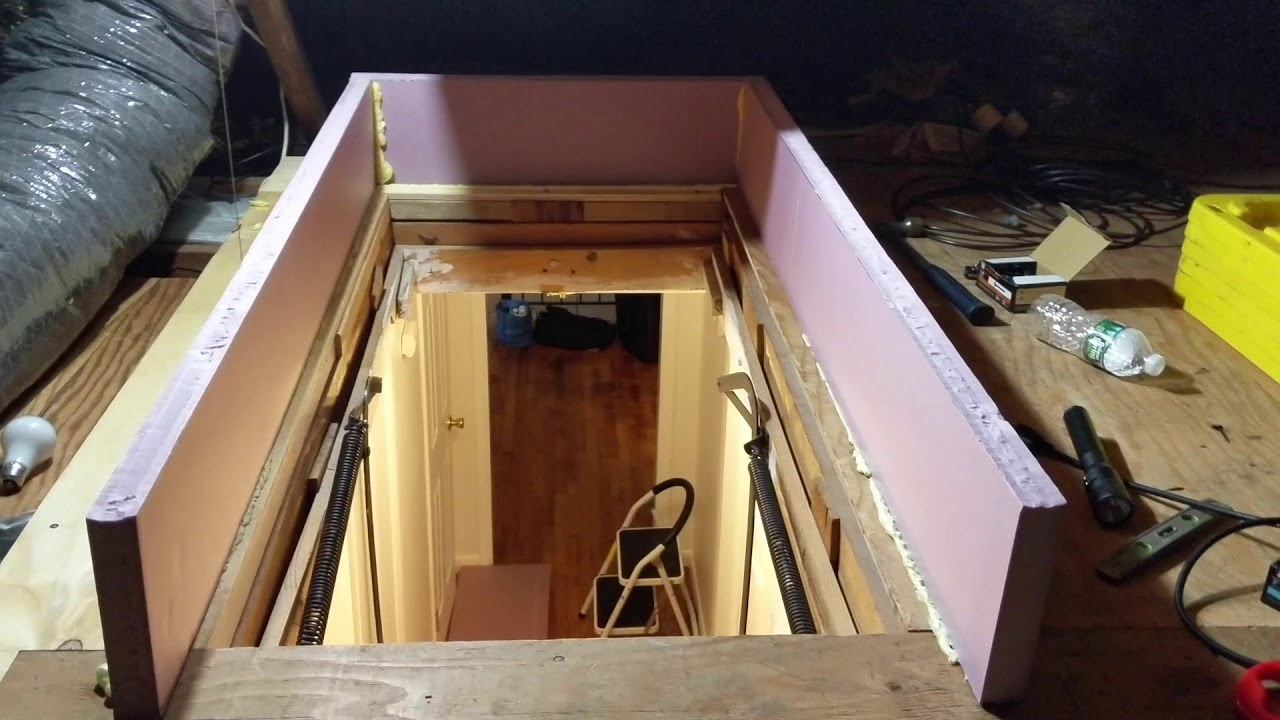
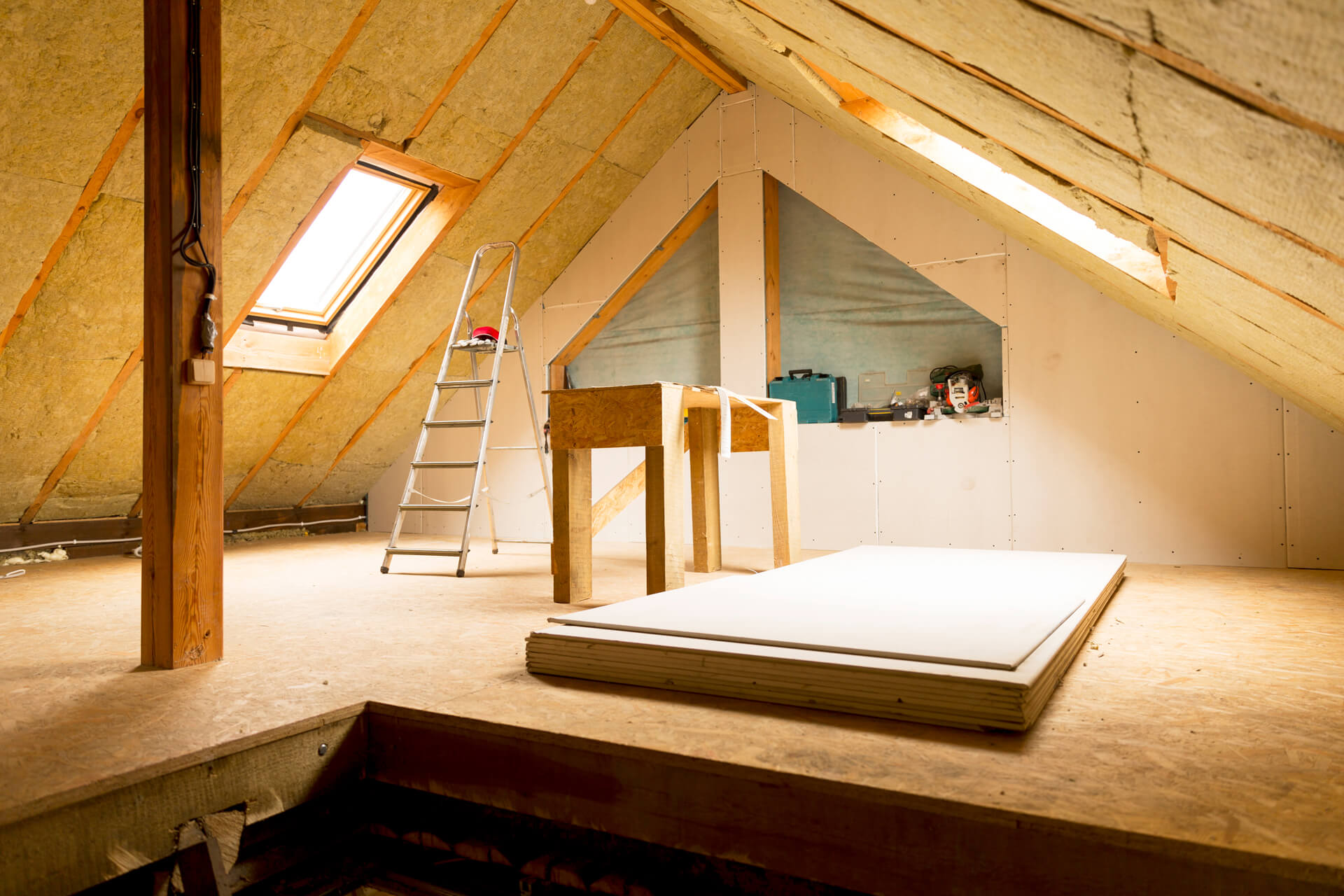
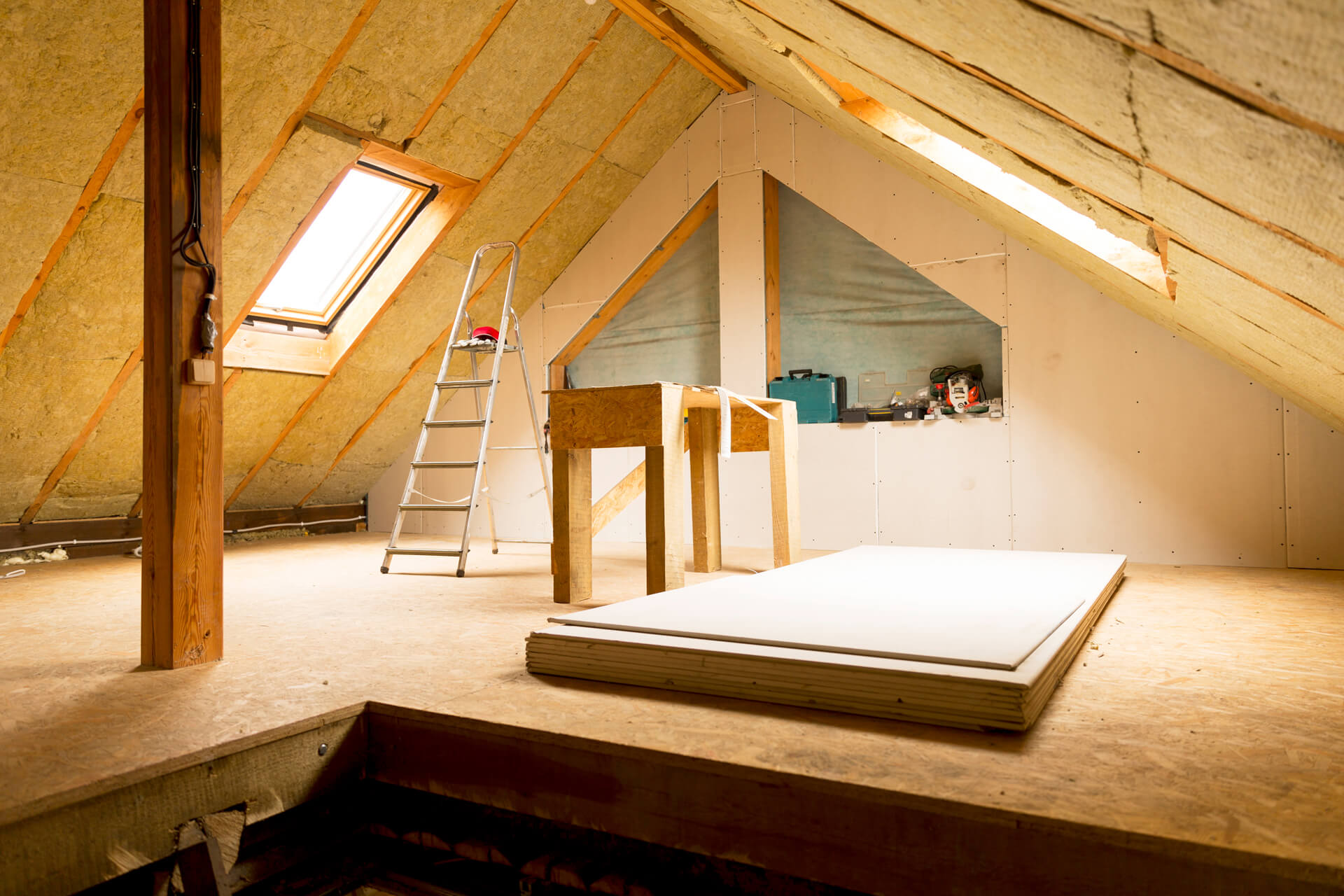
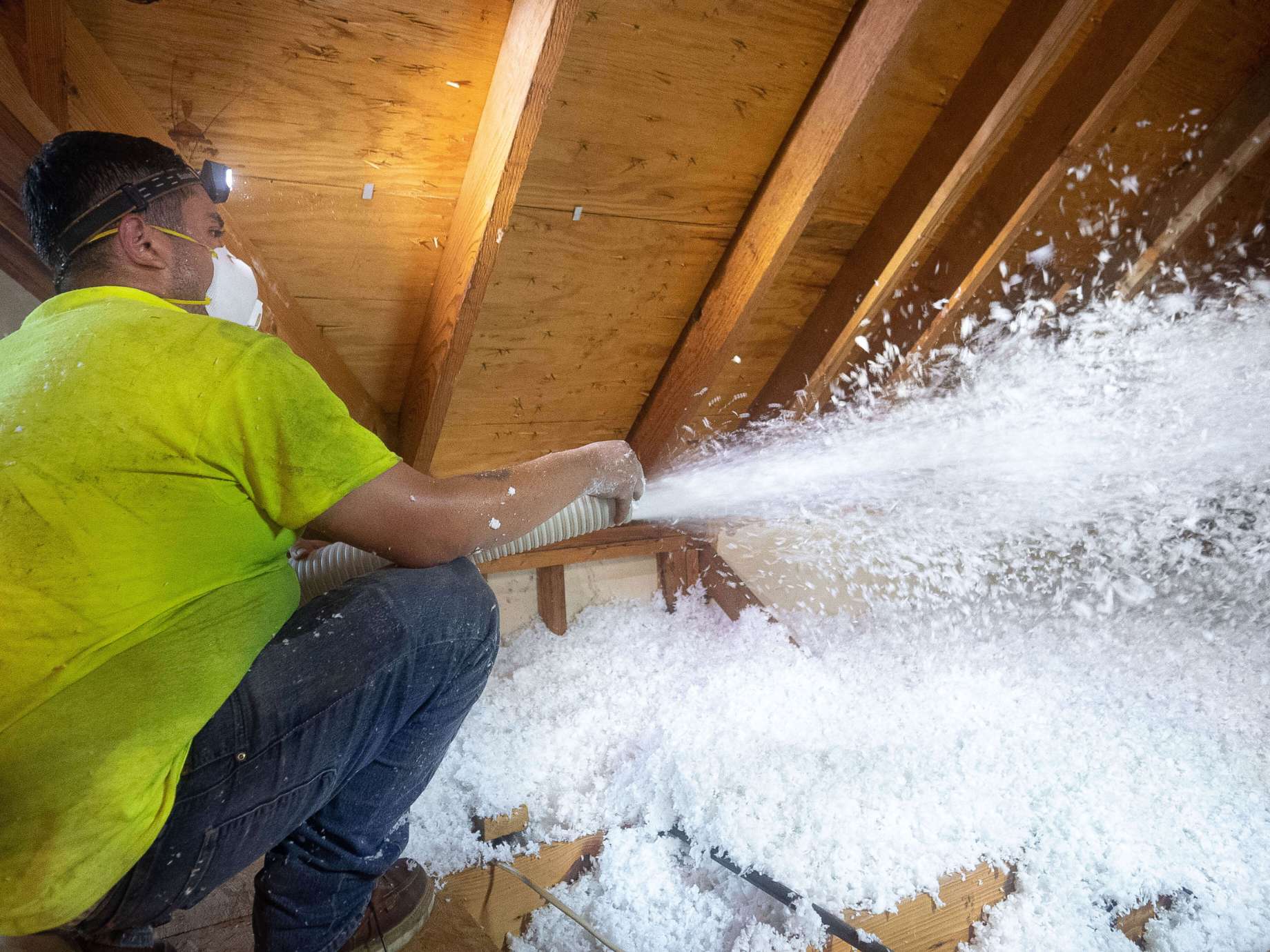

0 thoughts on “How Thick Should Insulation Be In Attic”